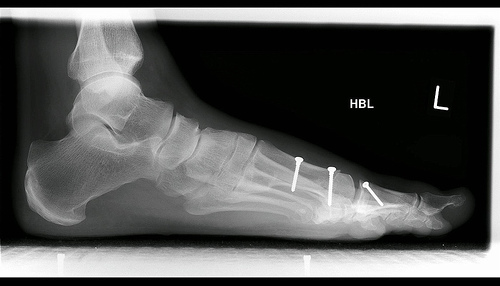Listen, I’m not under any false illusions that Hans-Georg Gadamer needs my help, but I was a little rough on him in a previous post as being the quintessence of philosophical abstruseness. In fact, Gadamer is an incredibly important figure in 20th century philosophy, so all four of you who read this should have a better appreciation of him.
In the post-Kantian turn in philosophy, F. Schleiermacher and W. Dilthey emphasized that for a human being to understand a text, one must interpret it. They are (in)famous for stating that I, as a reader, can actually know what’s going on in a text better than the author himself knew. They then developed a methodology for interpreting texts.
Gadamer, however, disagreed that a method can be developed; that is still too a part of the Enlightenment project (i.e., you can step outside of interpretation and develop a method, then step back into the interpretation). Gadamer said that all we do is interpret, and he used art as an example: most of us would say a painting or work of music conveys “truth,” but it’s not in the same way that a written text does. Since a painting does not use words, but we think in words, we have to translate or interpret what the painting is “saying.” In other words, we interpret all the time — interpretation is the human condition.
So here’s a more helpful quote from Truth and Method:
“The hermeneutical situation is not a regrettable distortion that affects the purity of understanding, but the condition of its possibility. Only because between the text and its interpreter there is no automatic accord can a hermeneutica experience make us share in the text. Only because a text has to be brought out of its alienness and assimilated is there anything for the person to understand it to say”(472).











